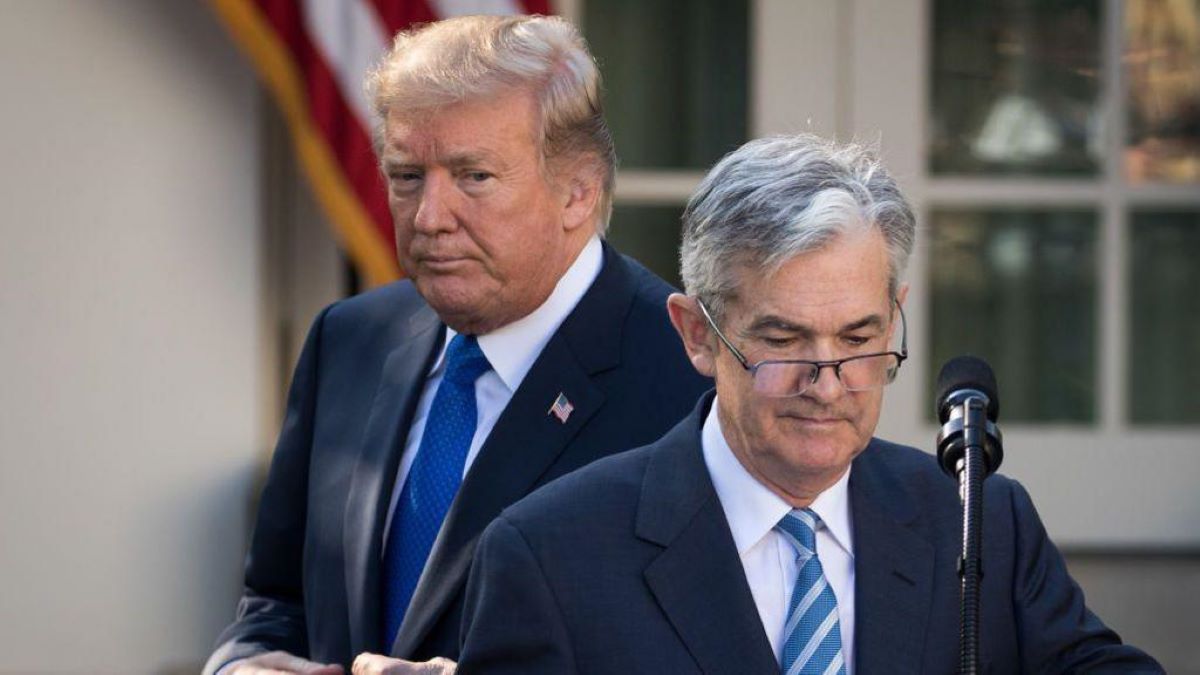Fed Set to Stick With Wait-and-See Approach on Wednesday, but Dot Plot Will Be the Focus as Rate Cut May Be Near
The missile attacks in the Middle East and the tidal wave of political outcry in California have long overshadowed the Federal Reserve’s June rate decision. However, that doesn’t mean the Fed’s statem

The missile attacks in the Middle East and the tidal wave of political outcry in California have long overshadowed the Federal Reserve’s June rate decision. However, that doesn’t mean the Fed’s statement today won’t stir waves in the market.
While the likelihood of any rate adjustment is now minimal, markets still believe Fed Chair Jerome Powell and his colleagues will deliver signals that could move the market. Key focal points include: whether the FOMC will stick to its prior projection of two rate cuts this year, how it assesses inflation trends, and Powell’s response to the White House’s recent pressure for looser monetary policy.
Recent Economic Data Supports a Hold
Since entering 2025, Powell and several other Fed officials have repeatedly signaled reluctance to lower rates further, primarily due to concerns that the Trump administration’s tariff policies may rekindle inflation. From the Fed’s perspective, cutting the federal funds rate may stimulate the economy and support employment, but it could also ease inflationary pressure too much. Trump’s unilateral “tariff push” threatens the Fed’s dual mandate of price stability and maximum employment: import tariffs may push prices higher while also hurting economic activity and raising unemployment.
This has led to increasing pressure from Trump—who has repeatedly attacked the Fed’s decision not to cut rates, even once labeling Powell a “blockhead.”
However, economists argue that recent macro data from May, including a stable labor market and easing inflation, actually support the Fed’s decision to stay on hold in June. JPMorgan Chief U.S. Economist Michael Feroli expects a unanimous vote to leave rates unchanged, with only “cosmetic changes” to the post-meeting statement, and predicts only one cut this year.
“The Fed’s main message at the June meeting will be that it remains comfortably in wait-and-see mode,” Bank of America economist Aditya Bhave wrote in a note. BofA expects no rate cuts in 2025 but believes the Fed will leave the door open for one. “Investors should focus on Powell’s take on the softening labor data, the recent benign inflation prints, and the risks of persistent tariff-driven inflation.”
Dot Plot in the Spotlight
The newly updated “dot plot,” which reflects each committee member’s rate expectations, will be the key market focus. In the last update—back in March—committee members projected two 25-basis-point cuts for this year, aligning with market pricing at the time. However, that forecast passed by only a narrow margin.
In other words, if just two members shift their stance, the median forecast could fall to only one rate cut.
Three months later, the economic picture is more complicated: while Trump’s tariffs currently seem to have limited inflationary impact, their longer-term effects remain uncertain. Meanwhile, tensions between Israel and Iran may disrupt global energy dynamics, adding fresh uncertainty for policymakers.
On the other hand, although the unemployment rate remains low at 4.2%, the May jobs report indicated a continued softening in the labor market. The latest inflation data also suggest that, at least on a macro level, tariffs are having minimal effect on prices—giving the Fed more reason to consider a policy pivot.
Markets now expect the next rate cut in September—which would mark the one-year anniversary of last year’s surprise 50-basis-point cut triggered by labor market fears. In the current climate, “trade tensions have diminished somewhat, inflation has been low, and the hard data have shown only limited signs of softening,” Goldman Sachs economist David Mericle wrote.
Fed officials will also update their forecasts for employment, inflation, and GDP growth. Goldman expects the FOMC to raise its 2024 inflation forecast by 0.2 percentage points to 3%, trim its GDP growth forecast from 1.7% to 1.5%, and slightly raise its unemployment projection to 4.5%. Krishna Guha, Head of Global Policy and Central Bank Strategy at Evercore ISI, said the Fed will use the summer to monitor incoming data and determine its year-end policy direction.
“FOMC will maintain its wait-and-see posture at its June meeting Wednesday, underline it still expects to learn a lot more about the evolving outlook over the next several months, and continue to point to September as the next decision point on rates.”Krishna said in the report.
Disclaimer: The views in this article are from the original Creator and do not represent the views or position of Hawk Insight. The content of the article is for reference, communication and learning only, and does not constitute investment advice. If it involves copyright issues, please contact us for deletion.